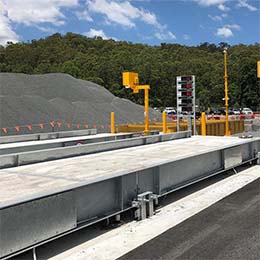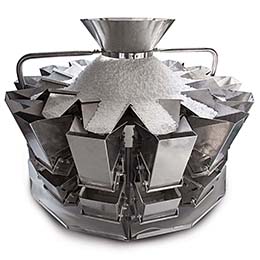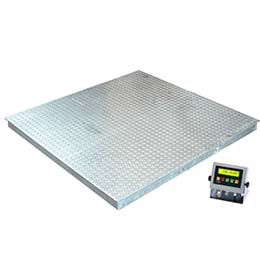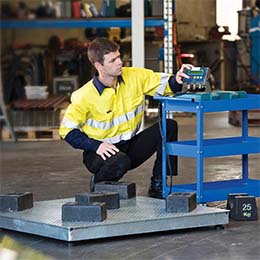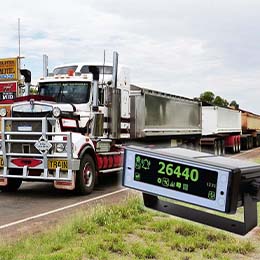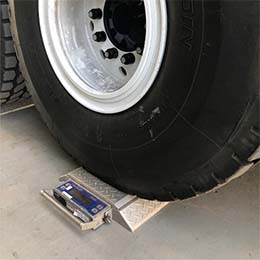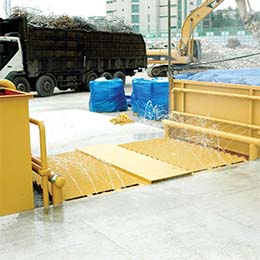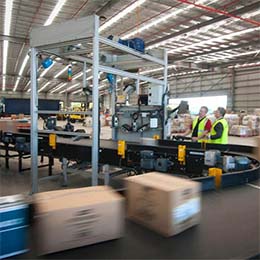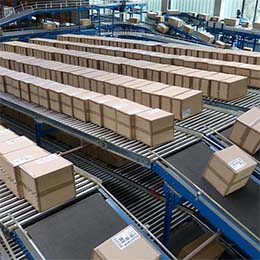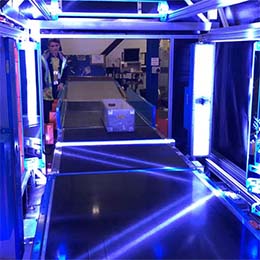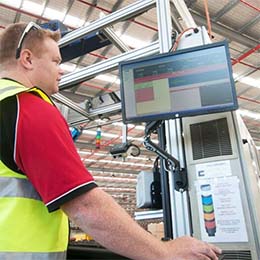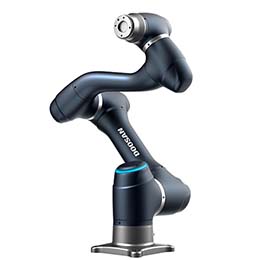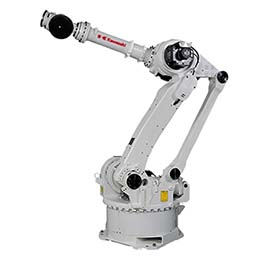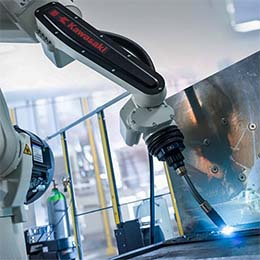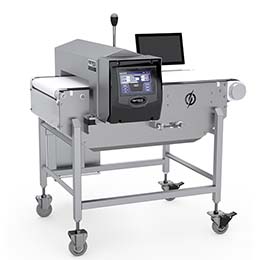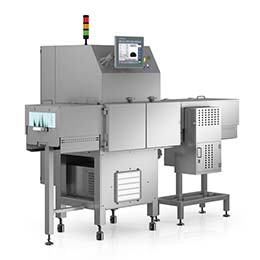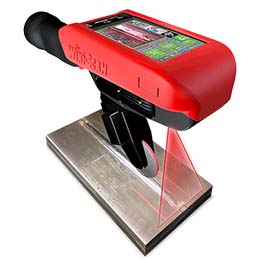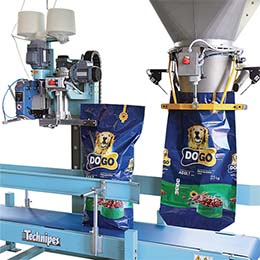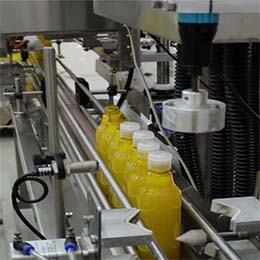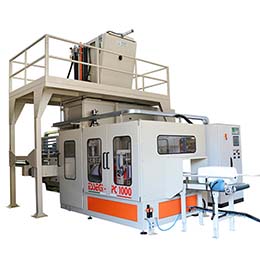It is a criminal offence to exceed the mass limit of a heavy goods vehicle. Overloaded heavy vehicles affect the safety of drivers and all road users, and are a major cause of accidents, injuries and fatalities. In addition, overloaded vehicles escalate a company’s operating costs by increasing wear and tear on vehicles, causing breakdowns, and upping fuel and maintenance costs.
The NHVR’s Chain of Responsibility (CoR) provisions, which were incorporated into the Heavy Vehicle National Law (HVNL) in 2013, mean that anyone controlling or influencing heavy vehicle operations, not just drivers, has to comply with the law.
Drivers, loaders, packers, weighbridge staff, consignors, managers, and senior executives are responsible for preventing overloading, if they influence the mass of the vehicle or its load.
On 1 October 2018, the Heavy Vehicle National Law (HVNL), and associated Chain of Responsibility (CoR) provisions, was amended to provide that every party in the heavy vehicle transport supply chain has a primary duty to ensure the safety of their transport activities.
In practical terms, this primary duty represents an obligation to eliminate or minimise potential harm or loss (risk) by doing all that is reasonably practicable to ensure safety by having systems in place to address heavy vehicle safety. Far too many road transport supply chains are rife with safety and operational risks, with heavy goods vehicle overloading chief among these risks.
The practical aspects of this Primary Duty include the need for each party to identify, monitor and manage risk using controls, practices and technologies.
Therefore, everyone in the supply chain must ensure that systems are in place to address heavy vehicle safety. The NHVR’s recent update states, ‘The new guidelines will be exacting, robust and demanding to assure the Regulator and all road-users that regulatory compliance and safety risks are being appropriately addressed.’
Which leads us to the subject of mass management and overloading…and the sound reasons why the safe & legal loading of HGVs needn’t be based on guesswork!
Avoid Overloading Fines | Maximise Payloads | Reduce Oh&S Risk
By integrating technologies such as an onboard overload monitoring system into your organisation’s Safety Management System it can easily manage, monitor and control the risks associated with overloading.
Onboard weighing systems can be fitted to a wide variety of vehicles to allow onboard weighing of product weights or to identify vehicle axle loadings and/or gross vehicle mass (GVM).
Whether a light commercial vehicle or a full-length road train, why not contact Diverseco to discuss an onboard vehicle weighing solution to suit your operations? These essential aids to mass management and equal load distribution provide drivers with the knowledge they need, security they deserve and will keep your company with National Heavy Vehicle Regulator (NHVR) requirements and demands of good practice.
So take time to look into the mass management controls available to your business as part of its safety regime. Download our latest report to discover how your business can not only address the strict new HVNL, but also improve the safety, efficiency, effectiveness and profitability of its operations.
With the ever-increasing emphasis on Chain of Responsibility laws in Australia, it’s important that companies involved in the transport of goods, including fleet managers, ensure their vehicle loads are safe and within legal limits. Diverseco provides a complete range of onboard vehicle weighing systems that not only accurately and quickly determine individual vehicle axle loads but does this in real time, meaning you weigh as you load. This eliminates time on site and ensures vehicles are loaded optimally the first time, every time.

